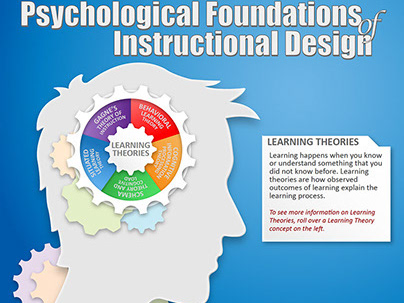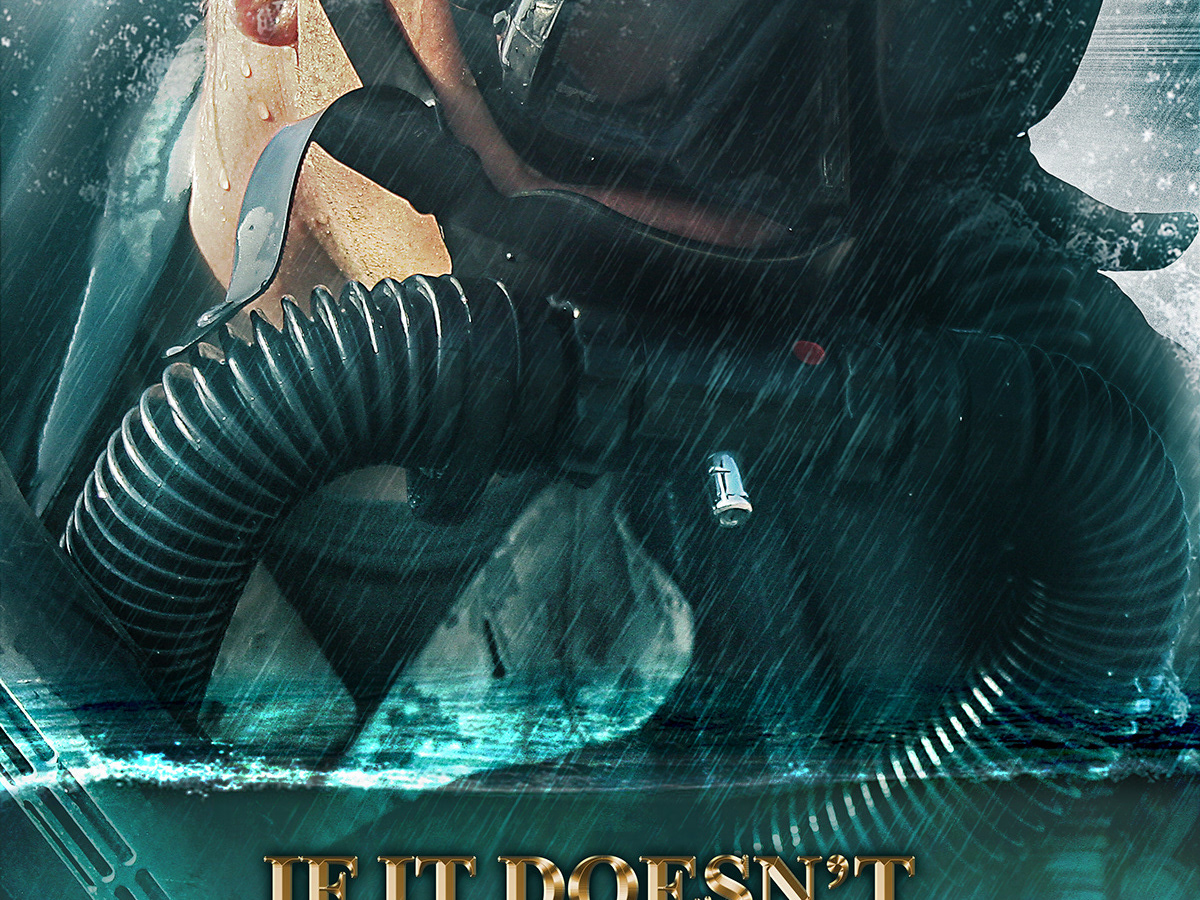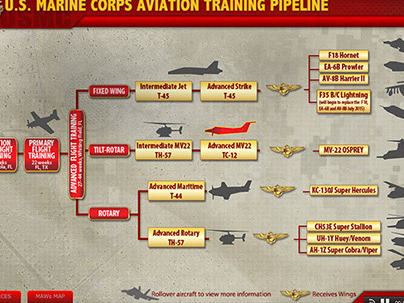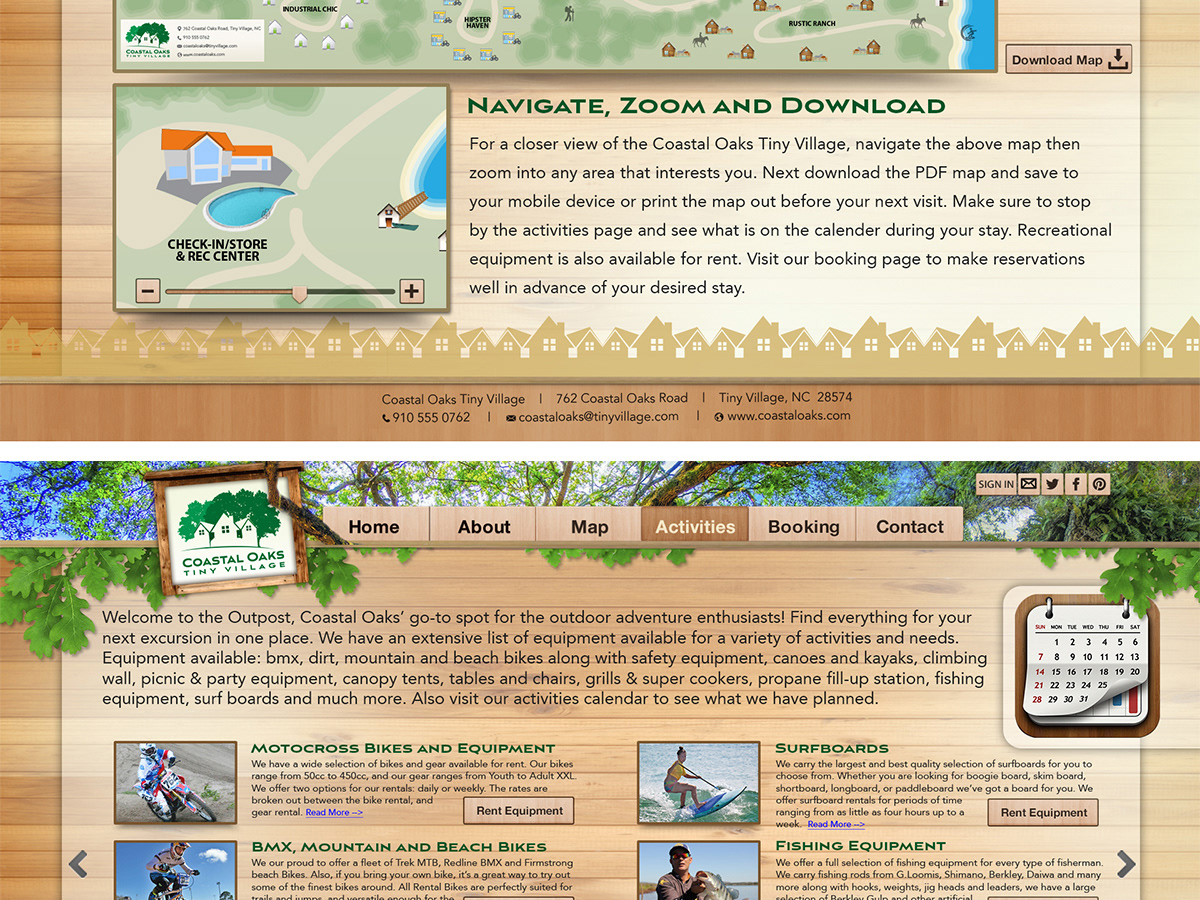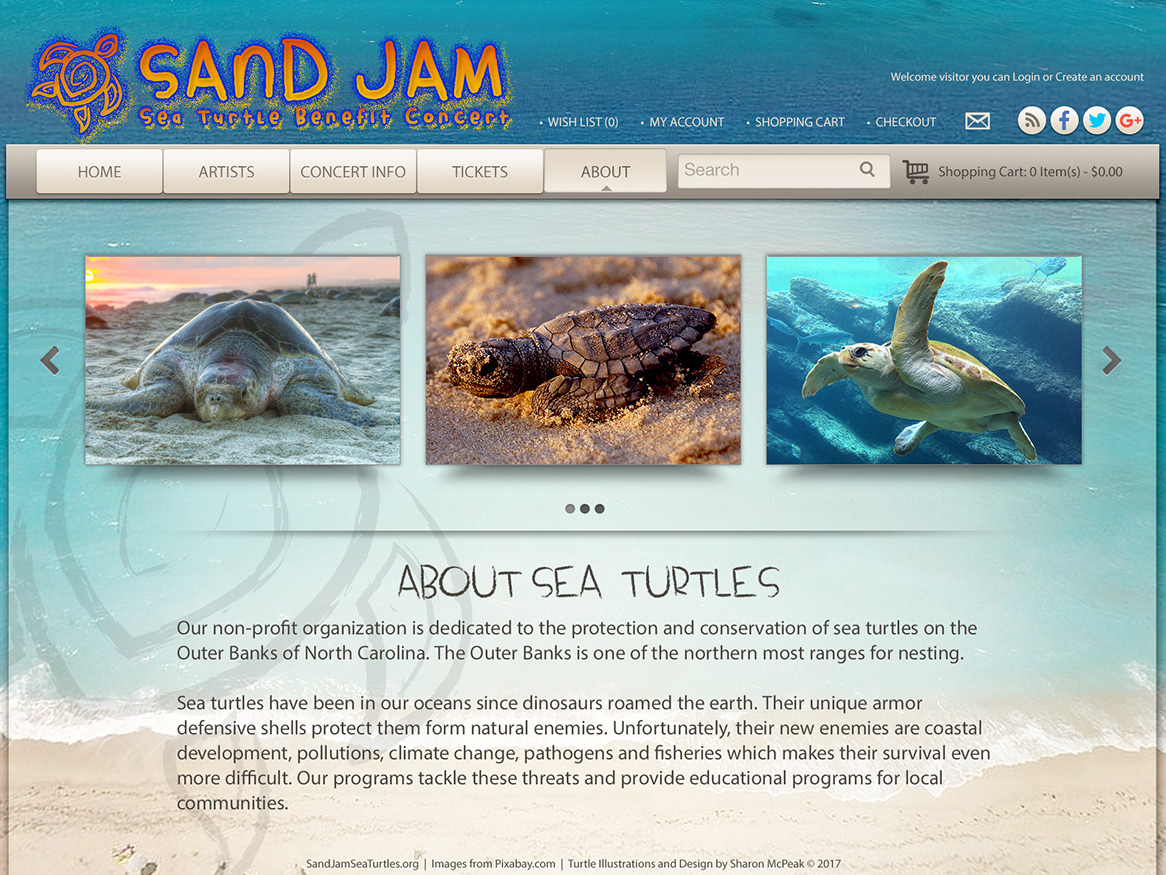Organizational Structures
The Organizational Structures course focuses on learning to organize, process and evaluate information obtained from research. Process and workflow is utilized using media created from previous applications. Emphasis is placed on creativity, innovation, and bringing work to a professional level of execution.
Logo Sketches
A minimum of 15 logo sketches were quickly concepted based on the sea turtle concert website event developed in the previous course.
3 Logo Selections
Three sketch selections developed into vector Iconic logo designs. The following are the seven principles of iconic logo design:
Keep it simple. All three logos are simplistic and contain no heavy detail. The icon will have the ability to be used in many different media formats without any loss of quality.
Make it relevant. The logos are appropriate for the target audience and will resonate with the individuals that will be enjoying the beach music.
Incorporate tradition. All the logos are able to show longevity and are not trendy, the logos have the ability to endure several years without substantial changes.
Aim for distinction. Each logo is easily recognizable with a shape or form representative of a sea turtle. The design is unique for the audience and precisely depicts the organizations ideals.
Commit to memory. The logo will be easily memorable for the target audience to associate it with the brand identity. The logo will have an impressionable appeal so that a quick glance will be notable.
Think small. Using a simplistic approach the logo will be distinguishable and adaptable at either small or large size regardless of the media or different applications.
Focus on one thing. The one feature that will differentiate the logo will be the easily identifiable sea turtle that will remind the viewer the main purpose is to save the sea turtles and remember their plight.
Reference for the seven principles of iconic logo design:
Aires, D. (2014, August 20). Logo Design Love, Annotated and Expanded Edition, Second Edition. Retrieved April 06, 2017, from http://ce.safaribooksonline.com/book/branding/9780133812589
Final Logo Selection
This was the final logo selection and vector image before moving forward into motion graphics.
Motion Graphics - Three practice examples and a fourth re-work motion graphics that will be used in the final production.
Media designers must understand the use of motion in visual design and know how and when to use it. A media designer grasps the impact that motion has on audience engagement, communication, brand identity and the ability to appropriately use the techniques available by understanding the 12 basic principles of animation in motion design.
Squash and Stretch - Weight and volume to a character as it moves.
Anticipation – Prepares the audience for major action the character is about to perform.
Staging – Presentation of an idea so that it is clear.
Straight Ahead Action & Pose to Pose – key drawings throughout the scene (pose to pose); starts with the first drawing and works from drawing to drawing until the end of the scene (straight ahead).
Follow Through & Overlapping – When the main body of the animation stops and the rest of the body catches up to the main mass.
Slow In and Slow Out – More drawings at the front and end of the animation with fewer in the middle (allows for slow with more drawings and fast with less drawings).
Arc – All actions with few exceptions follow an arc or slightly circular path for better action and a more natural flow.
Secondary Action – An additional action used in a scene to supplement the main in order to add more dimension.
Timing – maintains the appearance of an object abiding by the laws of physics.
Exaggeration – Remain true to reality presenting in a wild more extreme form.
Solid Drawing – Taking into account forms in three-dimensional space giving them volume and weight.
Appeal – Quality of charm, pleases the viewer’s eyes, the charisma of the action.
Reference for the 12 Basic Principles of Animation in Motion Design:
Pannafino, J. (2015, March 11). 12 Basic Principles of Animation in Motion Design. Retrieved March 08, 2017, from http://www.howdesign.com/web-design-resources-technology/12-basic-principles-animation-motion-design/
Pannafino, J. (2015, March 11). 12 Basic Principles of Animation in Motion Design. Retrieved March 08, 2017, from http://www.howdesign.com/web-design-resources-technology/12-basic-principles-animation-motion-design/
Final Video
The final edited video engages the audience by building an emotional connection through still images, video footage and music in 30 second montage to promote the Sea Turtle Beach Benefit Concert “Sand Jam.” Through the use of storytelling the video is edited to speak to the target audience and promote the benefit concert.



